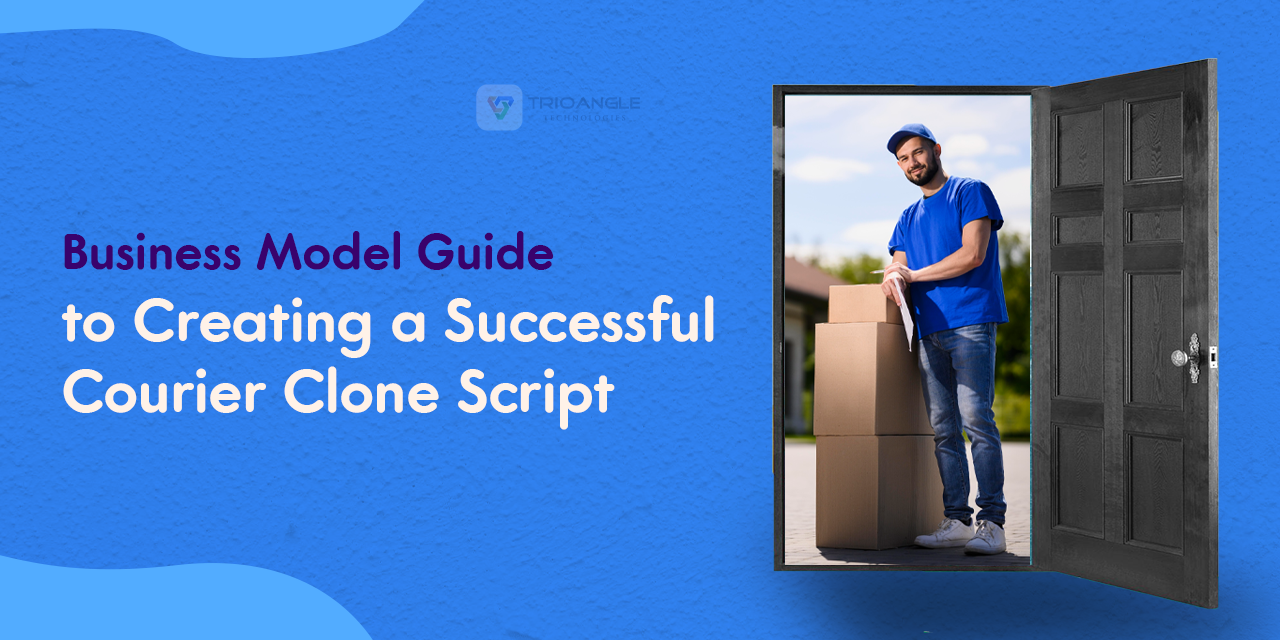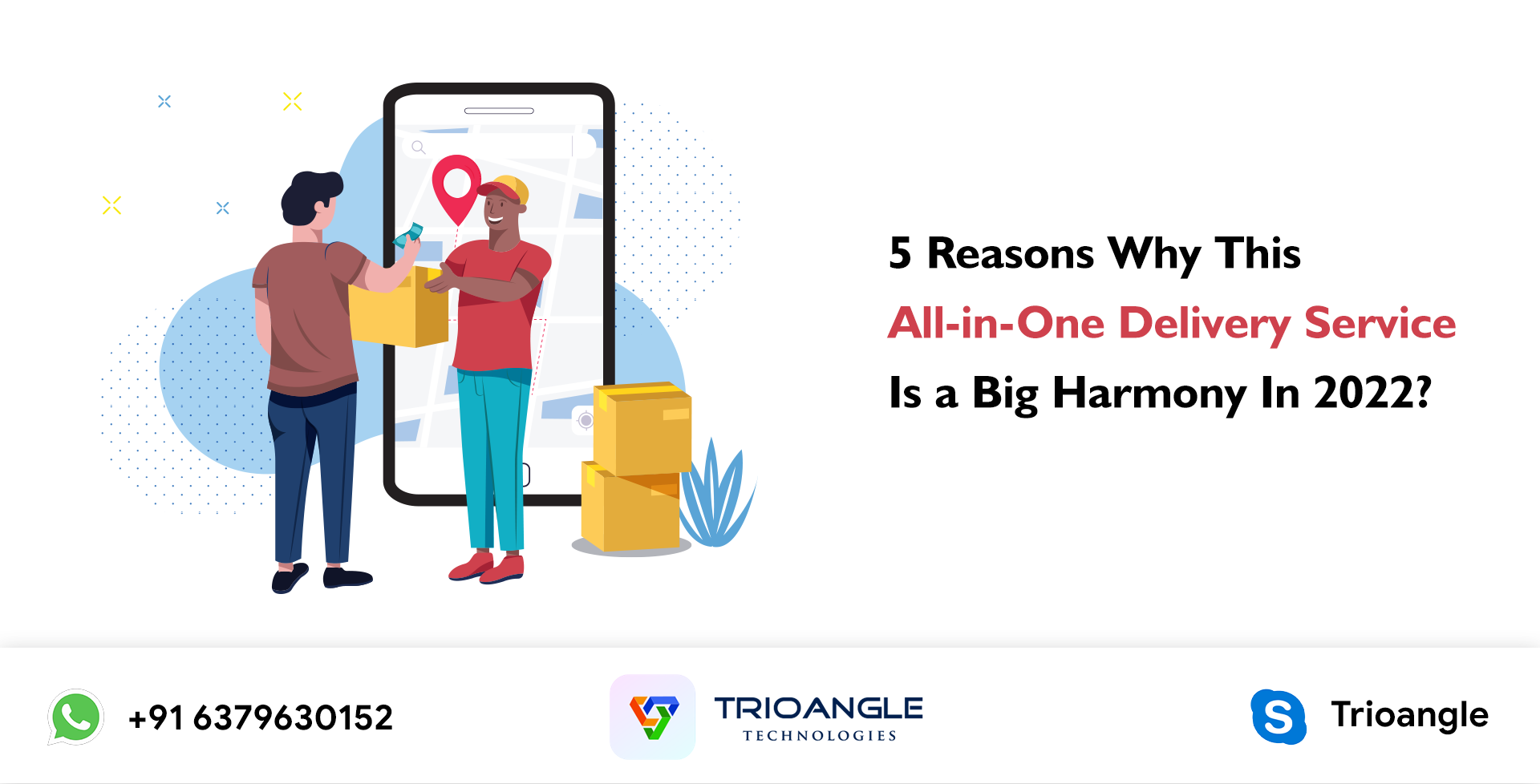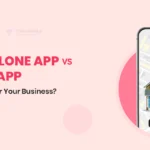The global courier inventory is immense, and it’s something we should take pride in a remarkable achievement of humankind.
The ability to send an item from one side of the world to the other is truly astonishing.
In the past, shipping was slow, cumbersome, and often inaccessible. Now, it’s efficient, easy, and available almost everywhere.
Thanks to tech brilliance!
The article covers ways that how it might benefit your business. You can track your shipments, ensuring your business stays profitable in the market.
Curious to learn more? Check out our blog on the delivery app clone business model!
Let’s get in!
Online Delivery Business Stats
- The global digital courier industry is thriving thanks to its innovative ideas. It is expected to generate $326.32 billion in revenue this year and is projected to grow quickly, reaching $658.3 billion by 2031.
- According to Statista, over 65% of people in a survey said that the on-demand courier delivery business is the best choice right now.
- In recent years, last-mile delivery services have grown by 50%. About 95% of shoppers like tracking their packages, and 38% of companies want to address customer concerns about delivery times.
The courier business can succeed in the profitable market by using the right technology and understanding customer needs. Let’s see how the delivery app clone can achieve success by mastering both areas.
Types Of Courier Delivery Business Models
Developing an on-demand courier delivery app can help you stand out from competitors, increase your earnings significantly, and boost your popularity. It sounds luxurious, doesn’t it? The good news is that you can achieve this luxury at a lower cost!
Before you start the business, you must know the pros and cons of the process. Choosing the right model will help you understand what you exactly want and what works per your expectations.
Want to step your business into the market quickly? Gain insights into the business model of the delivery app clone!
Inventory Model
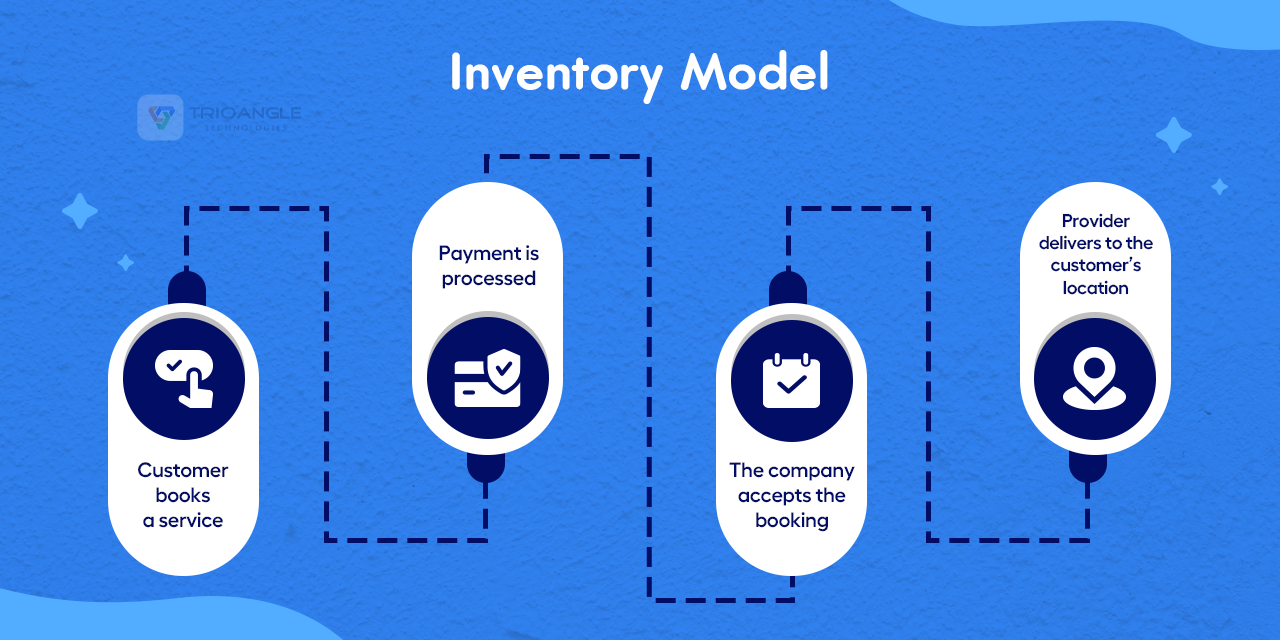
If you’re launching a new startup, this is an ideal choice.
A courier delivery business focused on an order-only model connects users directly with courier companies. The platform allows companies to list essential details about their services, making it easier for users to understand what they offer.
The company manages its services through a separate panel. Although the company handles everything, the platform simplifies and organizes the process behind the scenes.
Customers receive services from providers who are partnered with the company, while the platform owner oversees the entire logistics.
You can earn 30% of the total order value and additional revenue from applicable shipping fees.
The basic workflow of a delivery app clone includes:
- Users log into the app using their preferred account.
- They choose a company based on pricing and other important details.
- Once the company accepts the request, the provider completes the service.
- The provider collects the item and delivers it to the destination.
Monetisation
Your primary source of income is through commissions. You can charge companies and service providers a portion of their earnings for services. Additionally, you can offer a paid feature where they can pay to appear at the top of search results.
Courier Delivery Service Aggregators
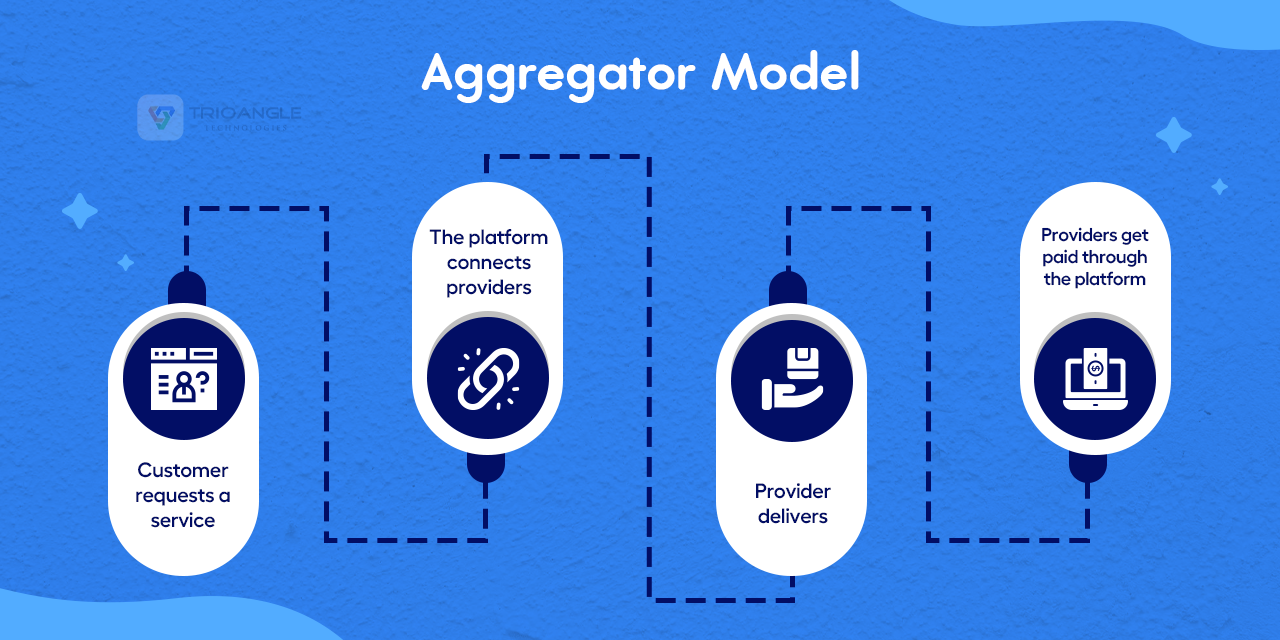
This model is similar to the previous one but differs by having four key stakeholders: users, companies, admins, and providers. Here’s how it works differently from the first model.
The platform simplifies all processes. Providers can deliver packages to various destinations, and courier companies can use the platform with their providers, significantly boosting productivity.
This approach keeps the platform competitive in the market. Couriers can select their pickup and drop-off locations, and companies deliver accordingly. It also supports multi-location deliveries if requested by customers.
Workflow of Courier Delivery Service Aggregators:
- Customers enter their destination address and search for courier companies.
- The platform identifies nearby companies and books one based on the customer’s preferences.
- Providers linked to the platform pick up the package from the customer’s location and deliver it to the company.
- Users can track the entire process, and once the delivery is complete, they are notified.
Monetisation
Like the previous model, this one also involves a commission fee, which is deducted when the platform earns from a service. This fee will be a key source of revenue for you.
In addition to the commission model, there’s a new provider fee. Initially, providers can join the platform for free, and once they start offering services, the platform will take a percentage of their total earnings.
By utilizing these two models, you can enhance your profitability and improve the overall quality of the platform.
Read More: Courier Delivery App: Powerful Add-Ons to Boost Business Growth
Peer-To-Peer Model
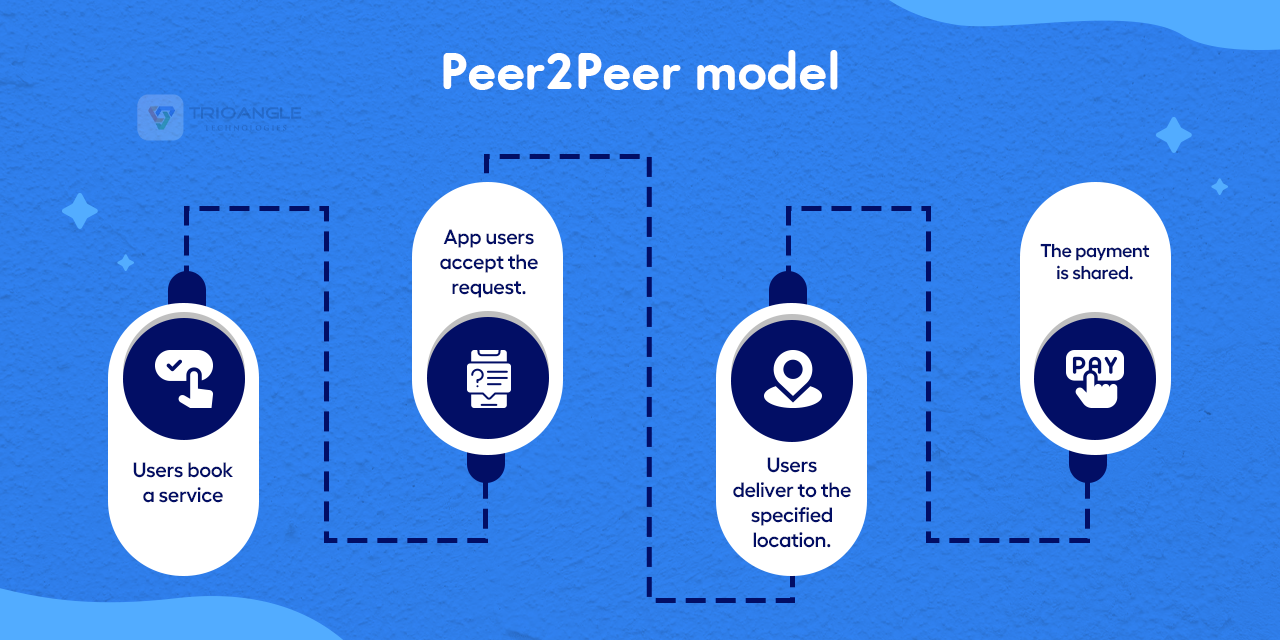
This platform functions like a gig platform, allowing individuals to offer their services without the commitment of a full-time job. They can work part-time, helping customers access the services they need quickly and efficiently.
With this model, you can easily increase the provider base, expanding the level without important investment.
Imagine you run a courier service and want to keep costs low without relying heavily on third-party providers. A great solution is using everyday individuals to handle deliveries. This approach helps reduce operational expenses and lowers delivery fees.
Here’s how the workflow operates for faster, more efficient service:
- Users submit a delivery request, providing the pickup and drop-off locations along with item details.
- Nearby couriers receive the request, complete with all necessary information.
- The sender and courier communicate directly through the platform to coordinate the delivery.
- As with the previous model, users can track the courier’s progress in real-time.
- Once the delivery is complete, the courier receives their payment.
Monetisation Strategies
Transaction fees play a key role in generating revenue. The platform takes a small fee from each transaction. Another important revenue stream is in-app advertising. By allowing third-party businesses to advertise on your platform, you can earn passive income, an increasingly popular and profitable model.
Summing Up,
Technology has unlocked a world of exciting opportunities for businesses like never before. Now is the perfect time to transform your business with a delivery app clone. You’ve got everything in place—except the right team.
Reach out to us, and we’ll help you shape your vision with smart business ideas and strategies to bring your model to life.

